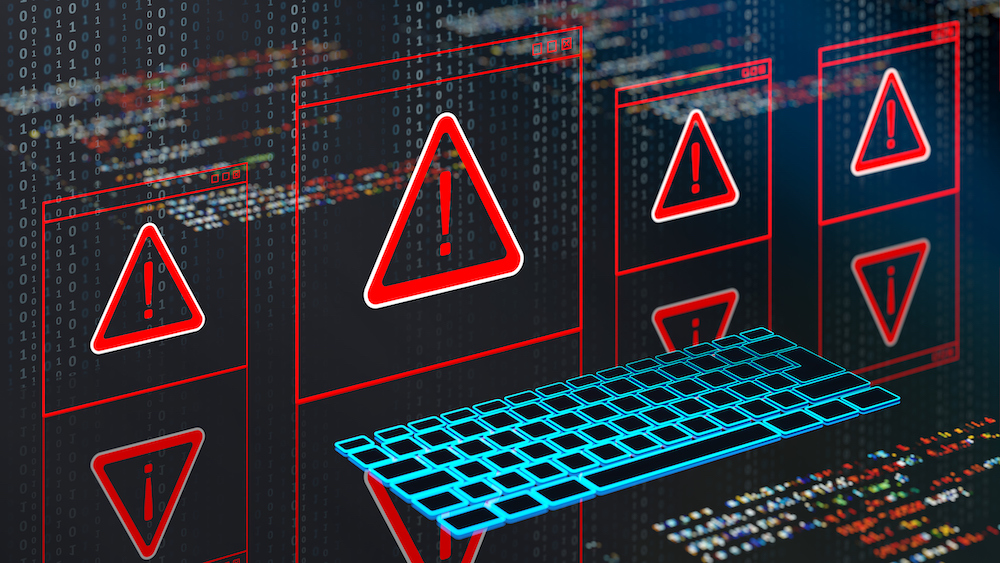Take note of the quote in the article…
OP/bug finder here with some clarifying information. It’s a common misconception that this issue can only be abused if you use HTTP boot. That is not the case at all, otherwise it wouldn’t be Critical. This bug can be abused locally (privileged malware can overwrite the EFI partition), from an adjacent network if PXE boot is enabled (w/ MiTM), or remotely if HTTP boot is used (w/ MiTM).
More details on these scenarios:
-
A remote attacker with no privileges in a man-in-the-middle (MitM) position could leverage the issue against a victim machine that uses HTTP boot. No direct access to the victim machine is required.
-
A remote attacker with privileges and code execution on the victim machine could leverage the issue to bypass Secure Boot, even if the victim does not already use HTTP boot (as long as firmware has HTTP support). How? Several ways:
-
An attacker can edit the boot order variable to specify a controlled attacker server.
-
An attacker can chain shim->GRUB2->shim (via HTTP). For this technique, an attacker would overwrite the boot loader in the EFI partition to a legitimate shim and GRUB2 image. The attacker would create a grub.cfg that chainloads a new shim via HTTP. This is possible because GRUB2’s device syntax allows you to specify any supported device, including HTTP (if available).
- An adjacent attacker with no privileges in a man-in-the-middle (MitM) position could leverage the issue against a victim machine that uses PXE boot. PXE is separate from HTTP boot, but similar to the local vector, an attacker can chain together shim (via PXE)->GRUB2 (via PXE)->shim (via HTTP).


